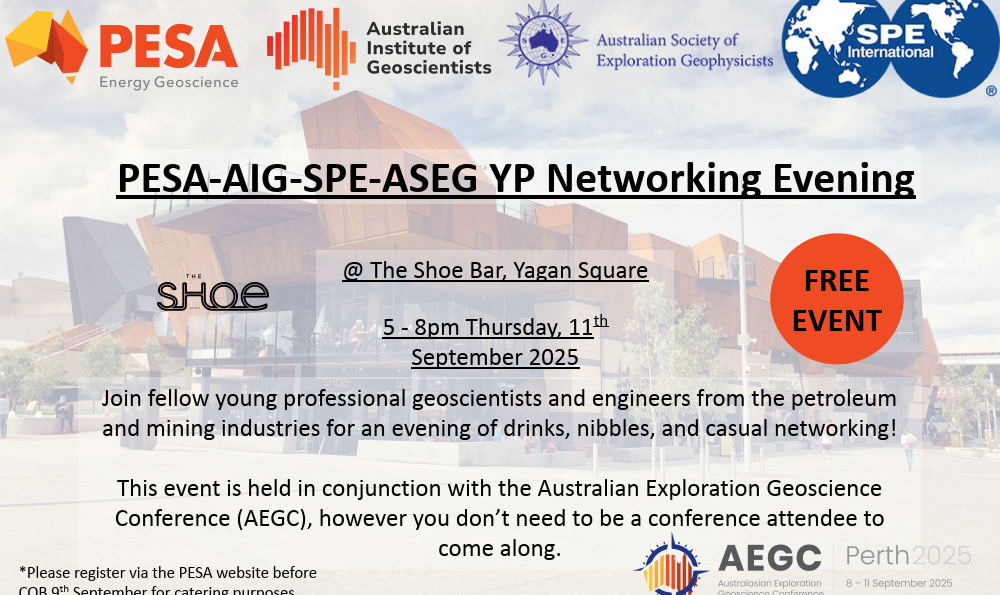
PESA-AIG-SPE-ASEG YP Networking Evening 11th September2025
Please join the Perth Young Professional Geoscientists and Engineers from the petroleum and mining industries for a light-hearted night of...
Find out more »
Please join the Perth Young Professional Geoscientists and Engineers from the petroleum and mining industries for a light-hearted night of...
Find out more »
Please join the Perth Young Professional Geoscientists and Engineers from the petroleum and mining industries for a light-hearted night of...
Find out more »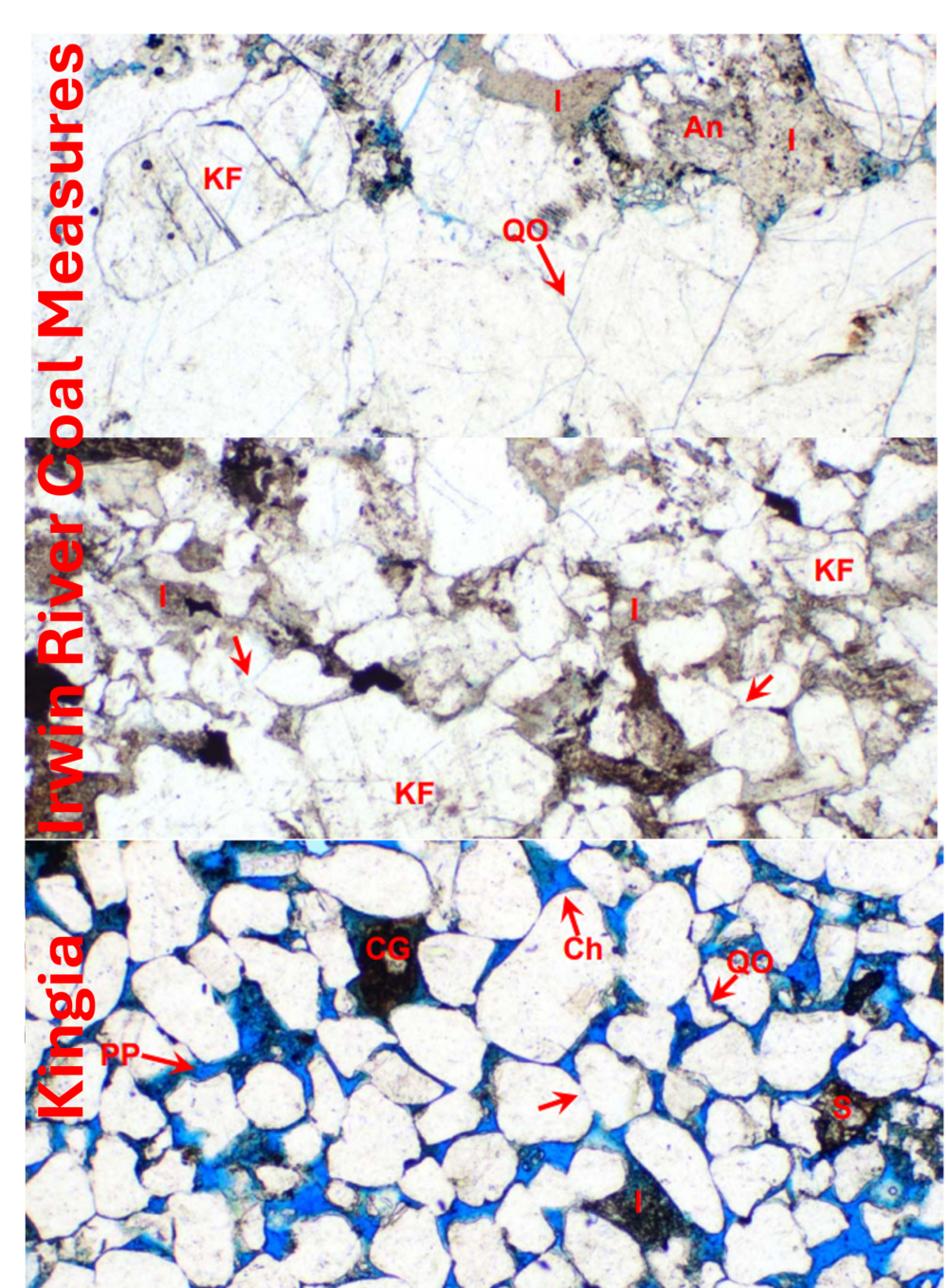
PESA WA invites you to a technical Evening Event Thursday 21st November. Top Seal and Compartmentalisation in the Kingia Play,...
Find out more »
Please join the Perth Young Professional Geoscientists and Engineers from the petroleum and mining industries for a light-hearted night of...
Find out more »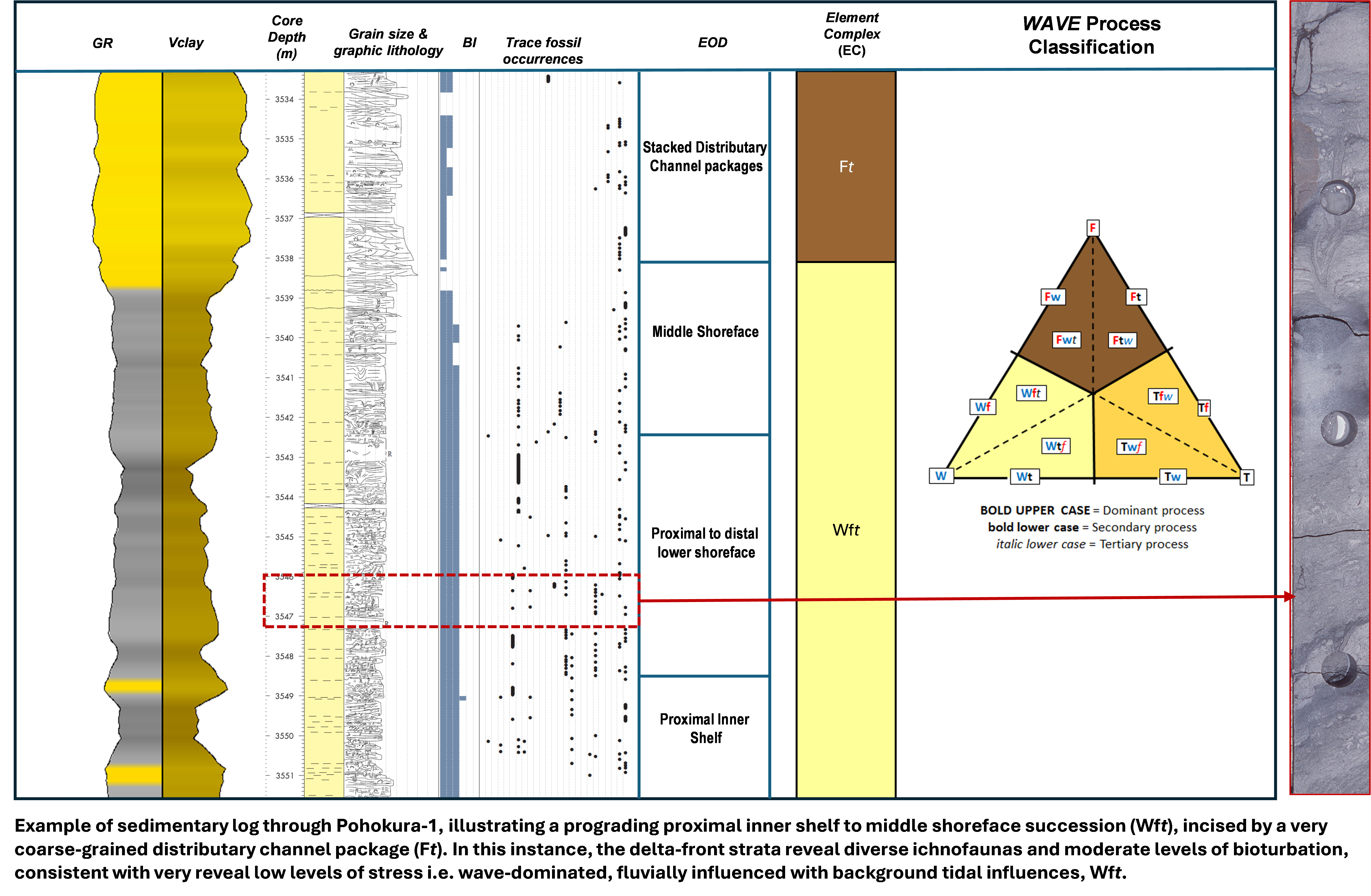
PESA WA invites you to a technical Evening Event Monday 13th May. Evaluating controls on deposition using Ichnology within the...
Find out more »
The field of natural hydrogen exploration is currently experiencing a surge in global interest, with a notable focus on Australia, where recent legislative changes have created opportunities for exploration initiatives. But how can we effectively pursue this non-petroleum gas resource?
Find out more »
Australia boasts the largest resource of fluid inclusion data in the world, with more than 800 wells,
leading the way in application by the oil and gas industry. These datasets can add tremendous value to the exploration and development of oil and gas fields and the assessment for potential geological storage of CO2.
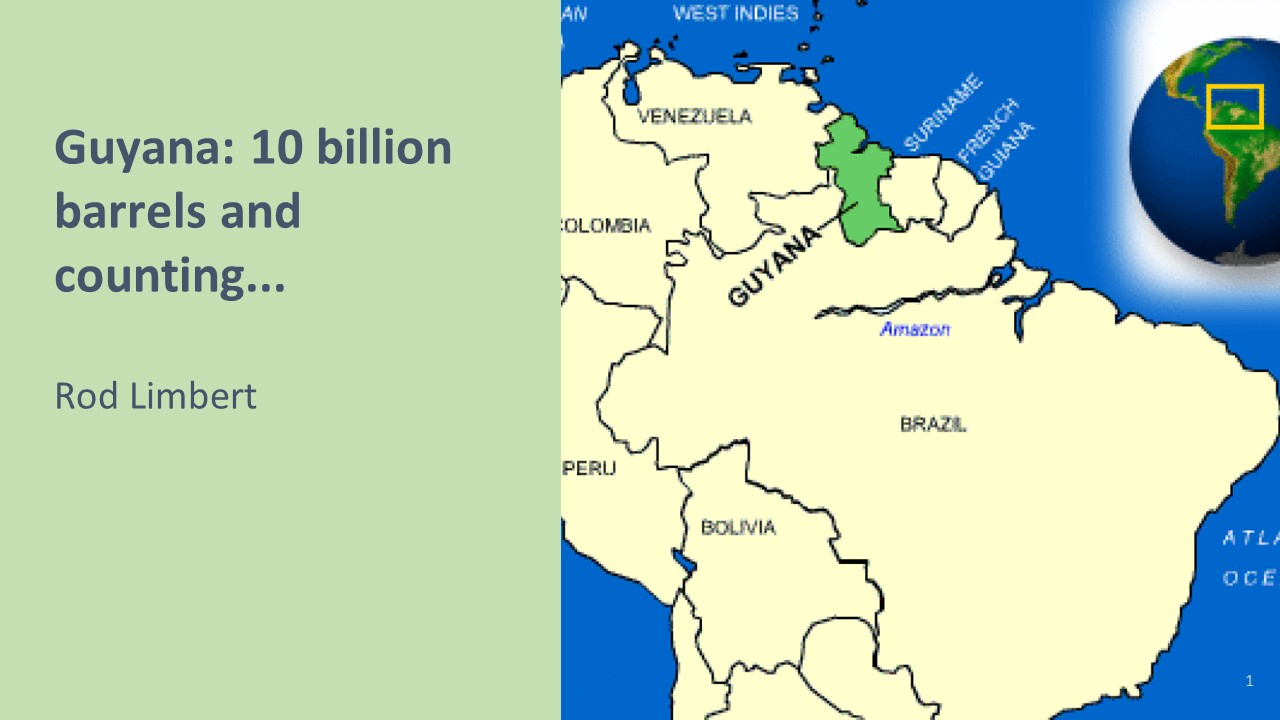
In 2015 ExxonMobil discovered oil in the Stabroek Block in the deep water of Guyana, South America. Subsequent discoveries have resulted in announced reserves of 10+ billion barrels. First oil commenced in December 2019 with a second development coming online February 1922. Current production capacity is 340,000 barrels per day with additional developments in progress.
Find out more »
Please join the Perth Young Professional Geoscientists and Engineers from the petroleum and mining industries for a light-hearted night of...
Find out more »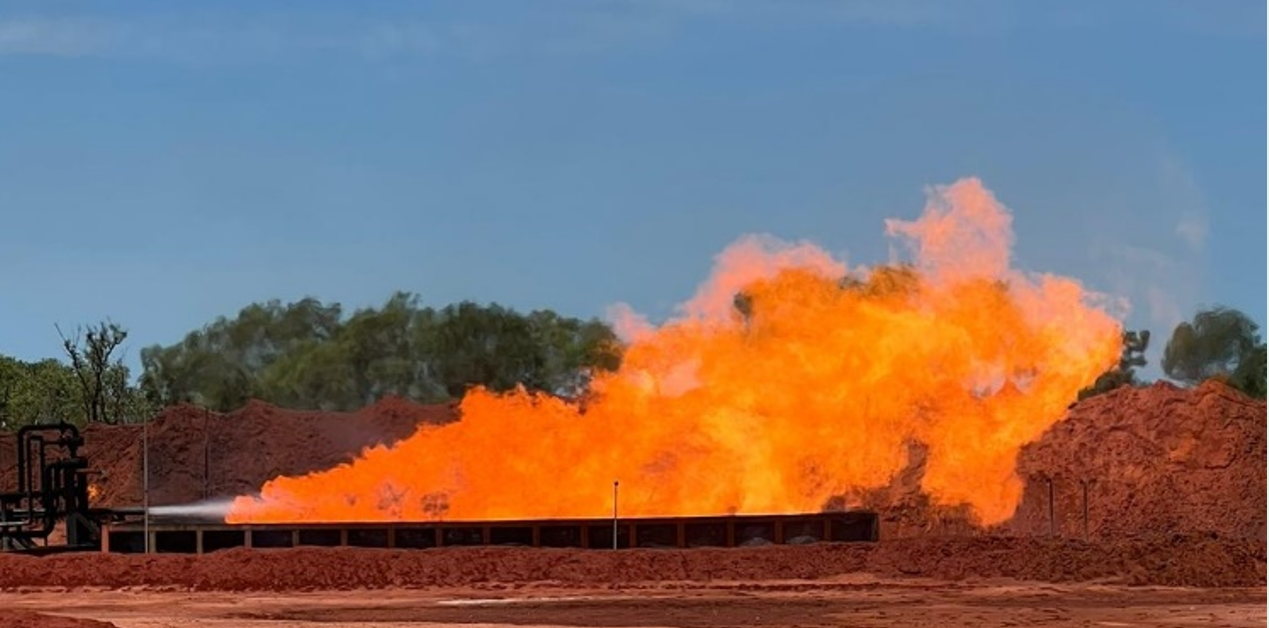
The Rafael 1 exploration well was drilled in the onshore Canning Basin by Buru Energy in late 2021 and made an exciting gas-condensate discovery in Devonian dolomites. The well tested a significant four-way structural closure mapped on a sparse regional 2D seismic grid, although the stratigraphic succession at the well location was difficult to predict due to the limited and distant well control. The Rafael 1 discovery has challenged a number of paradigms about the Canning Basin and supports the contention that significant volumes of gas in conventional reservoirs are yet to be discovered despite sporadic exploration over the past 100 years. The well also confirms that opportunity hides where high geological complexity and sparse datasets intersect.
Find out more »